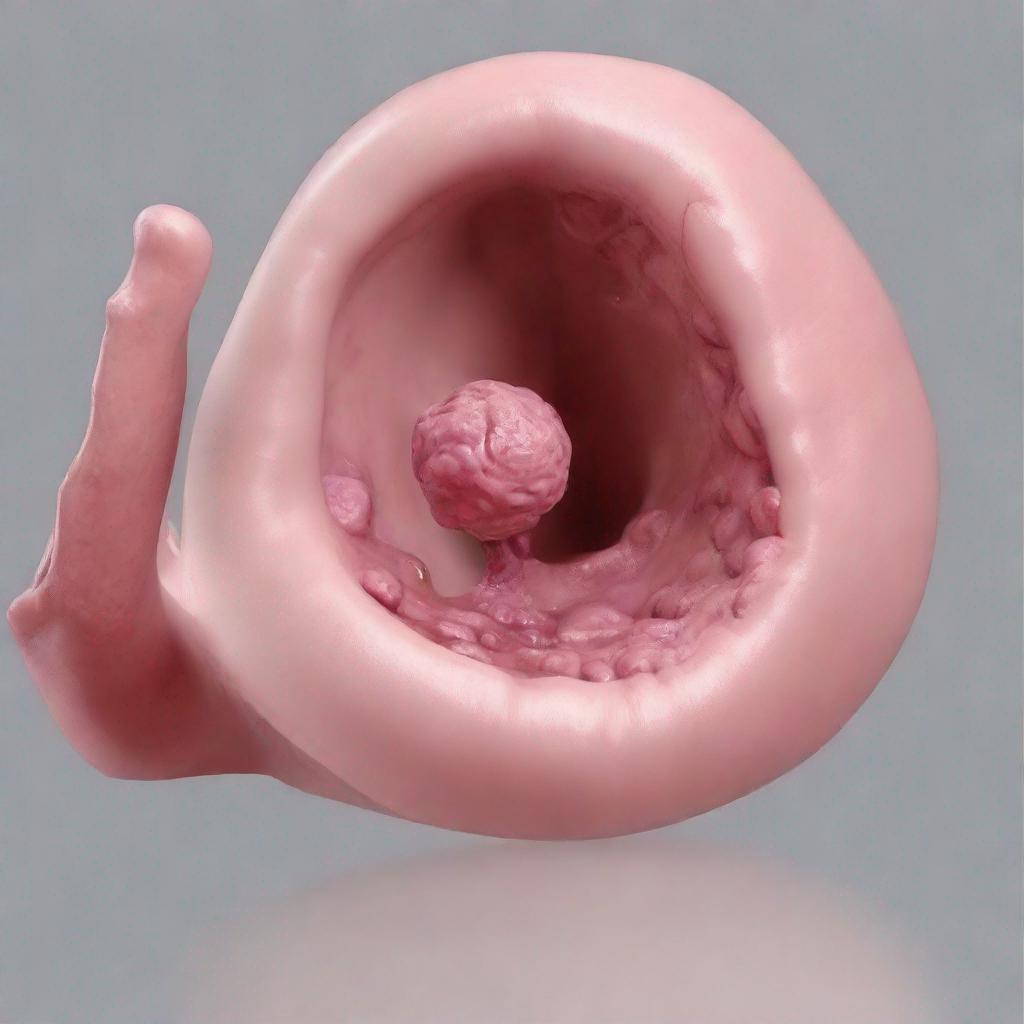## Bone Marrow Examination: A Comprehensive Guide
### Introduction
A bone marrow examination is a medical test that involves the extraction and analysis of a sample of bone marrow. Bone marrow is a soft tissue found in the center of bones that produces blood cells: red blood cells (erythrocytes), white blood cells (leukocytes), and platelets (thrombocytes). This test helps diagnose various blood-related disorders and diseases.
### Procedure
A bone marrow examination is typically performed by a hematologist (a doctor who specializes in blood disorders) or an oncologist (a doctor who specializes in cancer). The test involves two main procedures:
– **Bone Marrow Aspiration:** A thin needle is inserted into the hipbone or breastbone to extract a small amount of liquid bone marrow.
– **Bone Marrow Biopsy:** A larger needle is used to remove a small core of solid bone marrow from the hipbone.
The extracted bone marrow sample is sent to a laboratory for analysis by a pathologist.
### Diagnosis
A bone marrow examination can help diagnose a wide range of conditions and diseases, including:
– Anemia (low red blood cell count)
– Leukemia (cancer of the white blood cells)
– Lymphoma (cancer of the lymph nodes)
– Myelodysplastic syndromes (disorders that affect the production of blood cells)
– Multiple myeloma (cancer of the plasma cells)
– Sickle cell anemia (a genetic blood disorder)
### Importance
A bone marrow examination is a valuable diagnostic tool for several reasons:
– It provides information about the number and types of blood cells being produced.
– It helps identify abnormal cells or structures that may indicate a disease or disorder.
– It can assess the level of iron in the bone marrow, which can help diagnose anemia.
– It can guide treatment decisions and monitor response to therapy.
### Alternatives
There are alternative tests that can provide similar information to a bone marrow examination, but they are less invasive. These include:
– Blood tests (complete blood count, peripheral blood smear)
– Imaging tests (CT scan, MRI)
– Lymph node biopsy
### Preparation
Before a bone marrow examination, patients are typically instructed to:
– Fast for 8-12 hours before the procedure.
– Inform their doctor about any medications or supplements they are taking.
– Arrange for a ride home after the test, as they may experience some discomfort or dizziness.
### Duration
The bone marrow examination typically takes 30-60 minutes to complete. Results are usually available within a few days to a week.
### Recommendations
If a bone marrow examination is recommended, it is important to follow the doctor’s instructions and prepare for the test accordingly. Additional tests that may be recommended in conjunction with or following a bone marrow examination include:
– Flow cytometry
– Cytogenetic analysis
– Molecular genetic testing
– Hemoglobin electrophoresis
By undergoing a bone marrow examination, patients can help their doctors accurately diagnose and effectively treat their blood-related conditions.


